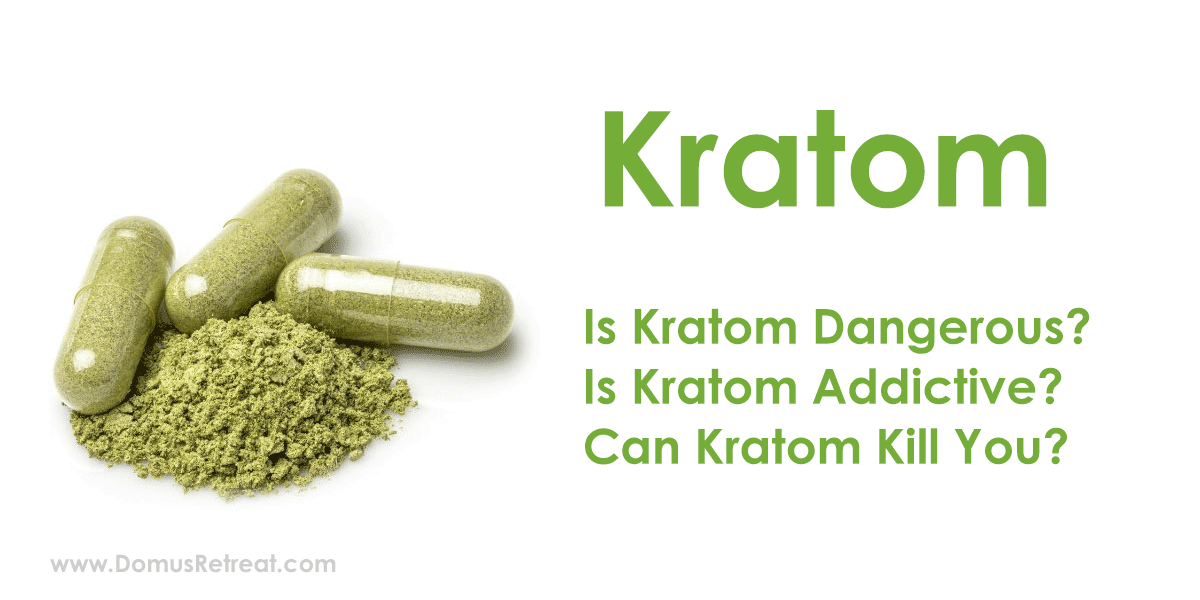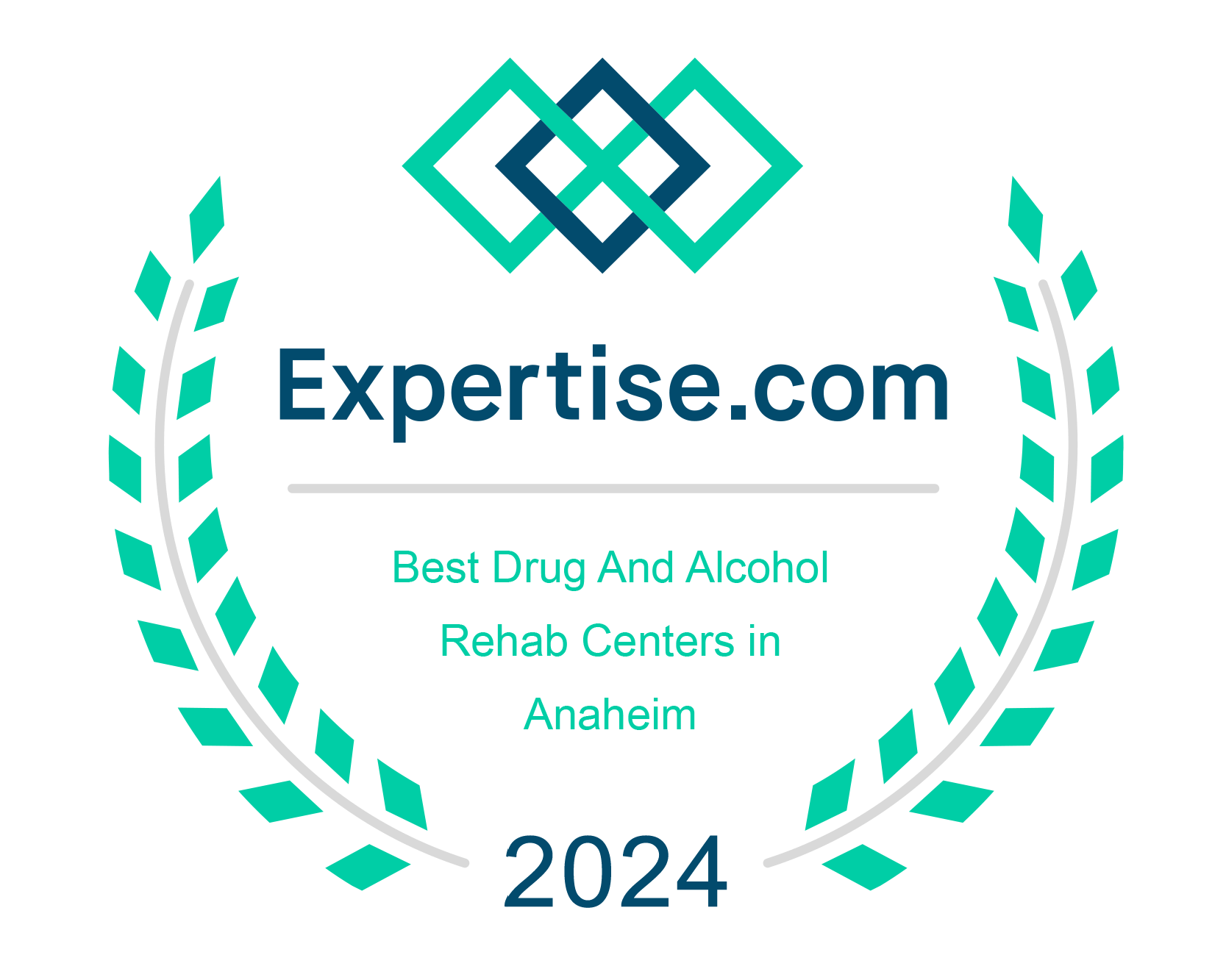What is Kratom?
Kratom is a psychoactive substance that is derived from the plant Mitragyna speciosa. The leaves can be chewed, smoked, or steeped to form a tea. Enterprising westerners have extracted the plant’s active substances to create kratom capsules. It is also sold in powder packets, labeled “not for human consumption,” as an extract or gum.
Sometimes you can find the drug by the following names:
- Ketum
- Biak
- Ithang
- Thom
Is Kratom an Opiate?
Kratom has been classified as an opioid-like substance. In other words, it is not an actual natural opioid, but it possesses opiate-like properties that activate the same receptors. The U.S. Food and Drug Administration (FDA) warns consumers not to use Mitragyna speciosa, commonly known as kratom. The FDA concern is that this herbal drug affects the same receptors as morphine, heroin, and fentanyl and appears to have risks of addiction, abuse, and dependence. In November 2017 and February 2018, there was a public health advisory regarding the fatality risks associated with Kratom. There have been 44 reports of Kratom-related deaths. Some cases show a combination of other illicit drugs, prescription, and over-the-counter agents such as loperamide (Imodium).
Is Kratom Safe?
When kratom users stop taking kratom, they experience withdrawal symptoms. Kratom withdrawal symptoms include nausea, vomiting, constipation, hostility, aggression, anxiety, irritability, restlessness, depressed mood, and low sexual drive. People who use kratom to avoid opioid withdrawal are using an opioid that is addictive.
Kratom Side Effects and Health Risks
Expected kratom side effects include:
- Sedation/Dizziness
- Confusion
- Sweating
- Nausea
- Constipation
- Itching
- Dry mouth
- Increased urination
- Loss of appetite
- Aching of muscles
- Drug addiction
Besides the side effects above, reports also show Kratom to cause severe drug addiction, withdrawal, hypothyroidism, and liver injury. The increase of use of Kratom in the United States has led people to experience psychosis with hallucinations, delusion, and confusion. Kratom products can lead to a fast heart rate (tachycardia) and low blood pressure (hypotension) on higher doses. The DEA also has reported withdrawal symptoms and seizures as an adverse effect of recreational kratom use.
Is Kratom Addictive?
Initially, scientists assumed kratom was not addictive. When they gave one of the active ingredients in kratom to rats, namely mitragynine (MG), the rats did not develop dependence or addiction like they would if given opioids or cocaine. However, upon further study, researchers found kratom contains another psychoactive substance, 7-hydroxy mitragynine (7-HMG). MG does not cause addiction or physical dependence, but 7-HMG apparently does. The 7-HMG in kratom causes pleasant feelings and euphoria, but 7-HMG makes kratom addictive and a drug of abuse. People who use kratom develop a physical dependence on it. Therefore, they need to take more and more of it to achieve the same desired effect.
Potential Symptoms
Like any other drug that triggers the opioid receptors, kratom has severe effects on your brain. It may also lead to dependence, which means if users stop taking the drug, they are very likely to go through withdrawal, which can include:
- runny nose
- irritability
- hostility
- aggression
- emotional changes
- muscle aches
- insomnia
- runny nose
- jerky movements
Upon further study, the FDA found 22 out of the 25 most abundant kratom compounds bind to the mu-opioid receptor, which essentially makes them opioid agonists. While 7-HMG might be the primary opioid-like substance in kratom that causes euphoria and addiction, it is likely not the only one.
Is Kratom Harmful, and Can It Kill You?
In a word, yes. Kratom can kill you. The FDA’s position is that kratom, although sold as a dietary supplement, is an addictive drug that can be abused and cause serious health problems, including death. The FDA has been tracking deaths associated with kratom use over the past several years. Through academic research, poison control data, and events submitted to the FDA by the public, researchers have identified 44 confirmed deaths associated with kratom use.
Accounts of deaths related to Kratom use are also available in an FDA report. In most death cases, individuals mixed kratom with other substances, including inhalers and over-the-counter cold and flu medications.
Although federal agents are continuously working hard to remove kratom from retailers, it is unclear how they plan to limit Kratom sales online.
Kratom Addiction Treatment
Treatment for kratom addiction often includes a combination of pharmacological and therapeutic methods. Waismann Method® and Domus Retreat have joined efforts to provide individualized physical and emotional care. While a medical detox may be the best option for managing kratom withdrawal side effects and drug cravings, having emotional support is indispensable.
Addiction does not affect everyone in the same way. In other words, what works for one person may not be the proper treatment for someone else. Health care professionals should work directly with a person to determine the best treatment model. With the appropriate support, individuals can overcome kratom abuse and start working towards a healthy future.
Conclusion
Kratom is an herb that originated in Southeast Asia. It is currently being sold in the US to ease anxiety, alleviate chronic pain and opioid withdrawal symptoms. Additionally, it is frequently purchased over the Internet, and most people buy the drug for recreational use.
The principal psychoactive component, mitragynine, is more potent than morphine. DEA lists kratom as ” drugs of concern.” Lack of quality scientific data muddles the evaluation of the safety of kratom. Obstacles to control the quality and purity of the drug also exist because of internet stores. However, as time goes on, more and more concerning reports continue to surface, supporting previous statements of the genuine risks of using kratom.
Sources:
- National Institute on Drug Abuse. (2019). Drug Facts: Kratom.
- White, C.M. (2018). Pharmacologic and clinical assessment of kratom. American Journal of Health-System Pharmacy,
- Food and Drug Administration. (2017). Statement from FDA Commissioner Scott Gottlieb, M.D. on FDA advisory about deadly risks associated with kratom.
- Antony, A., & Lee, T.P. (2018). Herb-induced liver injury with cholestasis and renal injury secondary to short-term use of Kratom (Mitragyna speciosa). American Journal of Therapeutics.
- Hughes, R.L. (2019). Fatal combination of mitragynine and quetiapine – a case report with discussion of potential herb-drug interaction.
- Post, S., Spiller, H.A., Chounthirath, T., & Smith, G.A. (2019). Kratom exposures reported to the United States poison control centers: 2011-2017.
- Olsen, E.O., O’Donnell, J., Mattson, C.L., Schier, J.G., & Wilson, N. (2019). Notes from the Field: Unintentional Drug Overdose Deaths with Kratom Detected – 27 States, July 2016-December 2017.
Reviewed by Clare Waismann, CATC, Founder of Domus Retreat
All topics for the DomusRetreat.com blog are selected and written based on high editorial quality standards and cited source material. Clare Waismann, CATC, and founder of Domus Retreat and Waismann Method® reviews all articles for accuracy, credibility, and relevancy. Clare Waismann is an authority and expert on opioid dependence and related topics covered on the DomusRetreat.com blog. Additionally, one of Domus Retreat’s specialists also reviews some articles depending on their area of expertise. Please see our Terms of Service for additional information and disclaimers regarding third-party sources and content for informational purposes only.



















